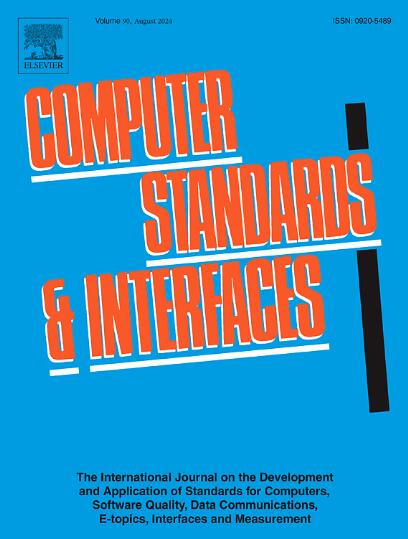面向网络安全工作人员的个性化风险评估预测
IF 3.1
2区 计算机科学
Q1 COMPUTER SCIENCE, HARDWARE & ARCHITECTURE
引用次数: 0
摘要
在全球数字化时代,需要网络安全抵御敌对行动的服务迅速发展。对熟练的网络安全专业人员的需求处于历史最高水平,全球有超过300万个职位有待填补。雇主们呼吁帮助招聘和留住专家,因为紧张的网络安全工作环境增加了不安全和不合规行为的风险。需要修订目前的培训方法以解决这个问题,强调需要转向更加个性化的培训方法,以提高对影响专业行为的个人特质的认识。本文介绍了一个多学科模型,从人类遗传学、心理学和信息与通信技术三个不同的角度对网络安全专家的个人特征进行三角测量。该模型提供了一种新颖的方法,结合了自我调节特征,以Barratt冲动性量表测量的冲动性为例,并利用基于网络的系统进行心理评估和网络安全任务完成。试验数据(n=48)用于模型构建和概念验证。实例证明了模型在个体行为预测中的潜力。它表明,它在定制培训策略方面的效用,不仅可以提高网络安全绩效,还可以通过承认和解决影响日常网络惯例的因素之间复杂的相互作用,帮助留住员工。本文章由计算机程序翻译,如有差异,请以英文原文为准。
Towards projection of the individualised risk assessment for the cybersecurity workforce
In the era of global digitalisation, there is rapid development of services requiring cybersecurity resilience against adversarial actions. The demand for skilled cybersecurity professionals is at an all-time high, with over three million positions yet to be filled worldwide. Employers call for help to recruit and retain specialists as a stressful cybersecurity work environment increases the risk of insecure and non-compliant behaviour. Current training methodologies need to be revised to address this issue, underlining the need for a shift towards more individualised training methods to raise awareness about personal traits that impact professional conduct. This paper introduces a multi-disciplinary model that enables the personal trait triangulation of the cybersecurity specialist from three different perspectives: human genetics, psychology, and information and communication technology. The model offers a novel approach by incorporating a self-regulation feature, exemplified through impulsivity measured by the Barratt Impulsiveness Scale, and leveraging a web-based system for both psychological assessment and cybersecurity task completion. Pilot experimental data (n=48) was used for model building and proof of concept. The example demonstrates model potential in individual behaviour prognosis. It suggests its utility in tailoring training strategies that not only enhance cybersecurity performance but also aid in workforce retention by acknowledging and addressing the complex interplay of factors influencing daily cyber routines.
求助全文
通过发布文献求助,成功后即可免费获取论文全文。
去求助
来源期刊

Computer Standards & Interfaces
工程技术-计算机:软件工程
CiteScore
11.90
自引率
16.00%
发文量
67
审稿时长
6 months
期刊介绍:
The quality of software, well-defined interfaces (hardware and software), the process of digitalisation, and accepted standards in these fields are essential for building and exploiting complex computing, communication, multimedia and measuring systems. Standards can simplify the design and construction of individual hardware and software components and help to ensure satisfactory interworking.
Computer Standards & Interfaces is an international journal dealing specifically with these topics.
The journal
• Provides information about activities and progress on the definition of computer standards, software quality, interfaces and methods, at national, European and international levels
• Publishes critical comments on standards and standards activities
• Disseminates user''s experiences and case studies in the application and exploitation of established or emerging standards, interfaces and methods
• Offers a forum for discussion on actual projects, standards, interfaces and methods by recognised experts
• Stimulates relevant research by providing a specialised refereed medium.
 求助内容:
求助内容: 应助结果提醒方式:
应助结果提醒方式:


